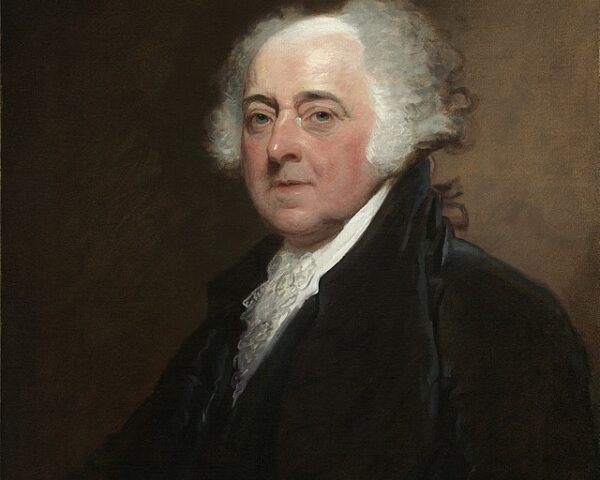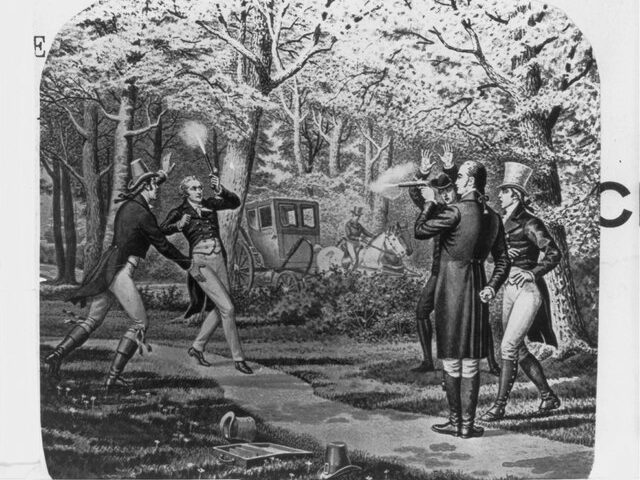On August 4, 1790, under the leadership of Secretary of the Treasury Alexander Hamilton, Congress authorized the construction of ten cutters to enforce federal tariff and trade laws and to prevent smuggling. Initially called the Revenue Marine, today we better know it as the United States Coast Guard.
The Revenue Marine’s main objective was to protect the nation’s revenue by patrolling the coastal waters and conducting inspections of incoming vessels. Its duties included preventing smuggling, collecting tariffs, and deterring pirates from operating along the American coastline. The service also assisted ships in distress and provided aid to mariners in need.
The Revenue Marine’s first commissioned officer was Captain Hopley Yeaton, who oversaw the construction and commanded the service’s first cutter, the USRC (United States Revenue Cutter) Scammel. This marked the official beginning of the USCG’s legacy of service.
In 1807, under the leadership of President Thomas Jefferson, Congress passed the Embargo Act, which prohibited American vessels from engaging in foreign trade. This act significantly increased the Revenue Marine’s responsibilities in enforcing the embargo and further solidified its role as a law enforcement and maritime safety organization.
The Coast Guard is proud of its history and refers to itself “one of the oldest organizations of the federal government and, until the Navy Department was established in 1798, we served as the nation’s only armed force afloat. We continued to protect the nation throughout our long history and have served proudly in our nation’s conflicts. Our national defense responsibilities remain one of our most important functions even today. In times of peace we operate as part of the Department of Homeland Security, serving as the nation’s front-line agency for enforcing our laws at sea, protecting the marine environment and our vast coastline and ports, and saving life. In times of war, or at the direction of the President, we serve under the Navy Department.
The U. S. Coast Guard is simultaneously and at all times a military force and federal law enforcement agency dedicated to maritime safety, security, and stewardship missions. We save lives. We protect the environment. We defend the homeland. We enforce Federal laws on the high seas, the nation’s coastal waters and its inland waterways. We are unique in the Nation and the world.
The service received its present name in 1915 under an act of Congress that merged the Revenue Cutter Service with the U. S. Life-Saving Service. The latter consisted of dozens of stations placed around the nation’s coastlines that were manned by dedicated crews willing to risk their lives to save those in peril on the sea, a role that meshed well with the Revenue Cutter Service’s core missions. Also, the legislation creating this “new” Coast Guard expressly stated that it “shall constitute a part of the military forces of the United States,” thereby codifying the service’s long history of defending the country along side the nation’s other armed services. The Coast Guard began maintaining the country’s aids to maritime navigation, including lighthouses, when President Franklin Roosevelt ordered the transfer of the Lighthouse Service to the Coast Guard in 1939. In 1946 Congress permanently transferred the Commerce Department’s Bureau of Marine Inspection and Navigation to the Coast Guard, which placed merchant marine licensing and merchant vessel safety under its purview. The nation now had a single maritime federal agency dedicated to saving life at sea and enforcing the nation’s maritime laws.”
Today, the Coast Guard remains vital to the security of the United States and safety of those in our coastal waters.
The peacetime duties of the Coast Guard revolve around the inspection of vessels and their equipment along with the continued operation of “lighthouses, lightships, buoys, and such electronic navigational aids as loran (long-range navigation) stations and radio beacons,” explains Brittanica. “The Coast Guard maintains an extensive network of lifeboat and search-and-rescue stations using surface vessels and aircraft. It also operates the International Ice Patrol, which maintains surveillance of icebergs in the North Atlantic shipping lanes. The USCG also gathers data for the National Weather Service and assists distressed ships and planes. Wartime duties include escorting ships, securing ports, and manning transports. The Coast Guard also assists in the interdiction of illegal narcotics that enter the United States on or over coastal waters.”
Throughout its history, the Coast Guard has adapted to changing challenges and missions, serving as a vital component of the nation’s defense, law enforcement, and humanitarian efforts. Its legacy of safeguarding the nation’s waterways and protecting those in distress continues to be an integral part of its mission, exemplifying its motto “Semper Paratus” – Always Ready, and they’ve been so since August 4, 1790.






